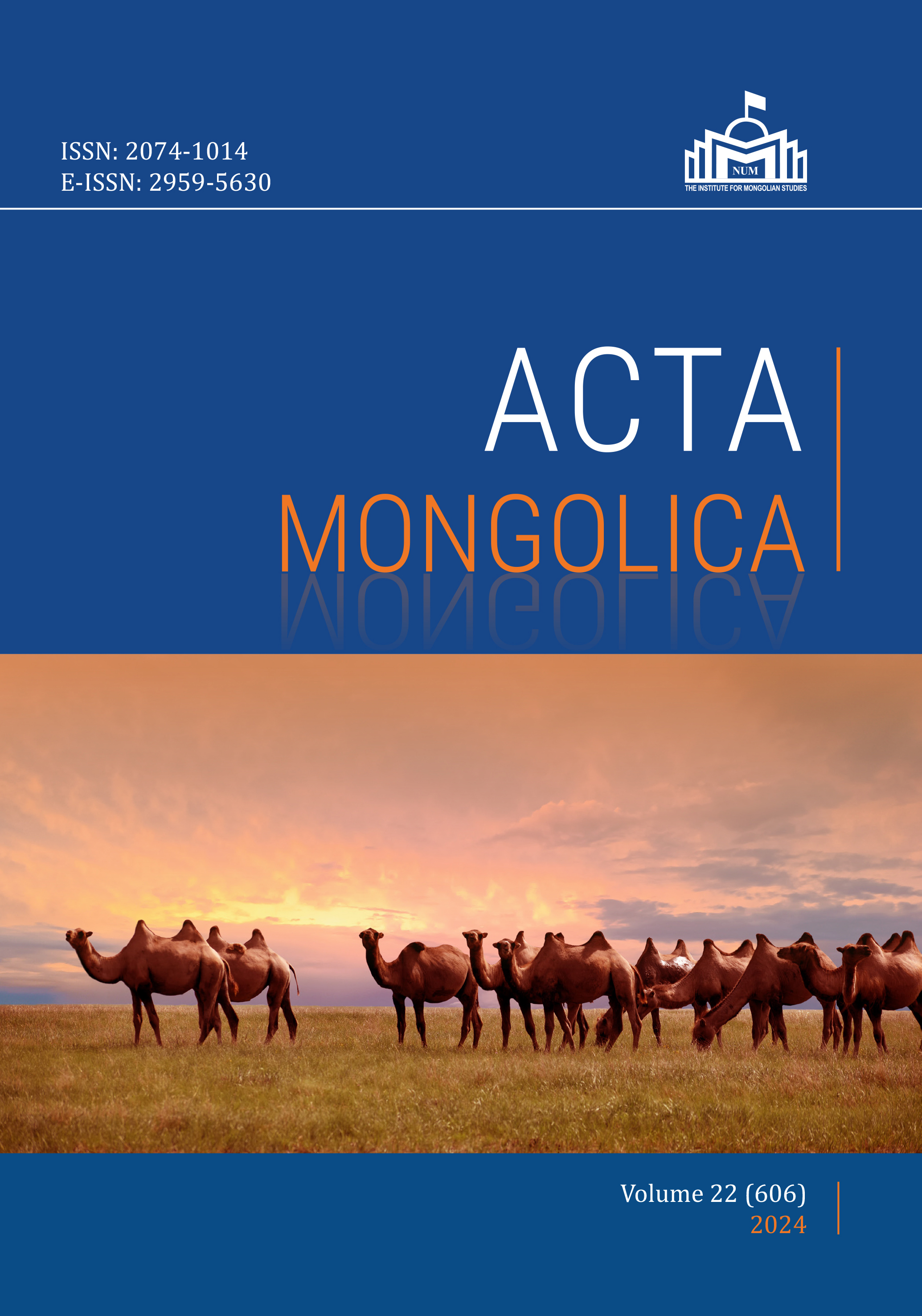Nominative subjects can’t move to the left periphery in Japanese
Main Article Content
Abstract
This paper attempts to argue convincingly that nominative subjects in Japanese cannot move to Spec-C if they are phonetically realized; in fact, they should remain in Spec-T from the viewpoint of the nominative case assignment mechanism in Japanese.
Article Details

This work is licensed under a Creative Commons Attribution-ShareAlike 4.0 International License.
References
* Parts of this paper was presented at WAFL 17, the content of which will be published in the proceedings paper as Moritake and Nishioka (to appear). This paper is a revised and extended version of these materials. We are grateful to Mamoru Saito, Shigeru Miyagawa, Yoichi Miyamoto, Masako Maeda, Xue Bai, Yuqiao Du, and all the participants at WAFL 17 for their invaluable suggestions and comments. We are also indebted to two anonymous reviewers for their constructive comments. Our thanks also go to Carey Benom for suggesting stylistic improvements. Needless to say, all remaining errors and inadequacies are of course our own. This work is supported by JSPS KAKENHI Grant Numbers JP21K00586 and JP23KJ1687.
Reference
Carlson, Gregory. 1977. Reference to kinds in English. Ph.D. dissertation, University of Massachusetts, Amherst.
Chomsky, Noam. 1981. Lectures on government and binding. Dordrecht: Foris.
Chomsky, Noam. 2000. Minimalist inquiries: The framework. In Step by step: Essays on minimalist syntax in honor of Howard Lasnik, ed. by Roger Martin, David Michaels, and Juan Uriagereka, 89-115. Cambridge, MA: MIT Press.
Chomsky, Noam. 2013. Problems of projection. Lingua 130: 33-49.
Chomsky, Noam. 2015. Problems of projection: Extensions. In Structures, strategies, and beyond: Studies in honour of Adriana Belletti, ed. by Elisa Di Domenico, Cornelia Hamann, and Simona Matteini, 3-16. Amsterdam: John Benjamins.
Erteschik-Shir, Nomi. 2007. Information structure: The syntax-discourse interface. Oxford: Oxford University Press.
Fukui, Naoki. 1986. A theory of category projection and its applications. Ph.D. dissertation, MIT.
Fukui, Naoki. 1993. A note on improper movement. The Linguistic Review 10: 111-116.
Hayashi, Norimasa. 2022. Labels at the interfaces: On the notions and the consequences of merge and contain. Fukuoka: Kyushu University Press.
Hoji, Hajime. 1985. Logical form constraints and configurational structures. Ph.D. dissertation, University of Washington.
Inoue, Kazuko. 2008. On subjects marked with ga in Japanese. Scientific Approaches to Japanese 7: 35-62.
Kikuchi, Akira. 1989. Comparative deletion in Japanese. unpublished ms., Yamagata University.
Kiss, Katelin É. 1995. Introduction. In Discourse configurational language, ed. by Katelin É. Kiss, 3–27. Oxford: Oxford University Press.
Koizumi, Masatoshi. 1994. Nominative objects: The role of TP in Japanese. In MIT Working Papers in Linguistics 24, ed. by Masatoshi Koizumi and Hiroyuki Ura, 211-230. Cambridge, MA: MIT Press.
Kuno, Susumu. 1973. The structure of Japanese language. Cambridge, MA: MIT Press.
Kuroda, Shige-Yuki. 1988. Whether we agree or not: A comparative syntax of English and Japanese. Linguisticae Investigationes 12: 1-47.
Kuroda, Shige-Yuki. 1992. Judgement forms and sentence forms. In Japanese syntax and semantics: Collected papers, ed. by Shige-Yuki Kuroda, 13–77. Dordrecht: Kluwer.
Mihara, Ken’ichi. 1994. Nihongo no toogo kooozoo (Syntactic structures of Japanese language). Tokyo: Shoohakusha.
Miyagawa, Shigeru. 2001. The EPP, scrambling, and wh-in-situ. In Ken Hale: A life in language, ed. by Michael Kenstowicz, 293–338. Cambridge, MA: MIT Press.
Miyagawa, Shigeru. 2010. Why agree? Why move?: Unifying agreement-based and discourse-configurational languages. Cambridge, MA: MIT Press.
Miyagawa, Shigeru. 2017. Agreement beyond phi. Cambridge, MA: MIT Press.
Moritake, Nozomi. 2022. A focus-based analysis of nominative objects in Japanese. Lingua 278: 1–31.
Moritake, Nozomi. 2023. Nominative case assignment in apparently tenseless clauses in Japanese. In Japanese/Korean Linguistics 30, ed. by Sara Williamson, Adeola Aminat Babayode-Lawal, Laurens Bosman, Nicole Chan, Sylvia Cho, Ivan Fong, and Kaye Holubowsky, 513–523. Stanford, CA: CSLI Publications.
Moritake, Nozomi and Nobuaki Nishioka. to appear. On the positions of focused nominative subjects in Japanese. Proceedings of WAFL 17.
Nishioka, Nobuaki. 2019. Discourse-configurationality and the scope of negation. Nanzan Linguistics 15: 25–55.
Rizzi, Luigi. 1997. The fine structure of left periphery. In Elements of grammar: Handbook of Generative syntax, ed. by Liliane Haegeman, 281-337. Dordrecht: Kluwer.
Saito, Mamoru. 1985. Some asymmetries in Japanese and their theoretical implications. Ph.D. dissertation, MIT.
Saito, Mamoru. 1992. Long-distance scrambling in Japanese. Journal of East Asian Linguistics 1: 69–118.
Saito, Mamoru. 2016. (A) case for labeling: Labeling in languages without φ-feature agreement. The Linguistic Review 33: 129-175.
Takezawa, Koichi. 1987. A configurational approach to case-marking in Japanese. Ph.D. dissertation, University of Washington.
Ueda, Yukiko. 2003. Subject positions and derivational scope calculation in minimalist syntax: A phase-based approach. In Proceedings of the 17th Pacific Asia conference on language, information structure and computation, ed. by Dong Hong Ji and Kim Teng Lua, 134–145. Singapore: COLIPS Publications.

